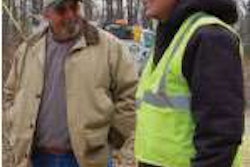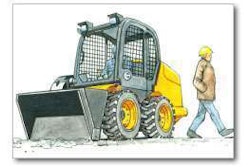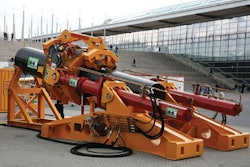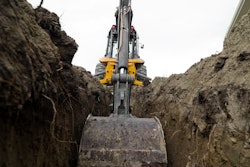Hidden Dangers
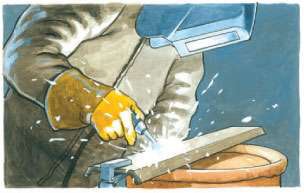
The accident: A worker was repairing a truck body alone in his company’s shop, using an arc welding system to weld pieces of steel together and then attach them to the body near the rear of the truck. Another employee heard an explosion and saw the shop on fire, but was unable to help his coworker. The welder was pronounced dead at the hospital.
The bottom line: A post-accident investigation determined the welder had been using a 55-gallon steel drum as a work surface while repairing the truck. Investigators concluded he had accidentally burned through the lid of the barrel with his welding rod, igniting vapors present inside. The medical examiner determined head trauma resulting from the explosion, rather than the fire, killed the welder.
Always perform arc welding and other hot work applications in a designated safe location. If you’re welding an object that cannot be moved, all of the moveable fire hazards in the work area should be relocated at least 35 feet from the work site. If fire hazards are present that cannot be moved, ensure fire protection is in place.
What’s inside?
When welding, cutting or heating, remember direct penetration of sparks – or even just heat transfer – can introduce a fire hazard on the other side of the material you’re welding. If you’re welding on or near a drum or barrel, find out what the container holds. Drums or other hollow structures that previously contained toxic or flammable materials should be filled with water or cleaned, ventilated and tested prior to welding. Before applying heat, vent the container to release built up pressure.
If full containers are within 35 feet of your work area, cover them with a fireproof blanket before beginning welding. Don’t take chances with empty containers. Any remaining vapors or flammable coatings could ignite, so move any empty containers out of the work area. In this accident, the welder used an old barrel as a work surface. The incident would have been prevented had the welder removed the barrel from the area and used a proper table instead.
Fire prevention
If you’re unable to implement normal fire prevention precautions due to the nature of the welding operation, don’t work alone. OSHA standards require additional personnel instructed in the specific nature of the fire hazard present to guard against fire during and immediately after welding.
Information for this Safety Watch is from an accident report, OSHA’s Safety and Health Regulations for Construction standard number 1926.352 and NIOSH’s Fatality Assessment and Control Evaluation Program. It is for general information only.

